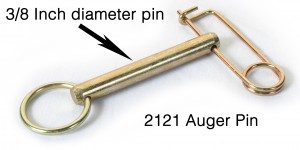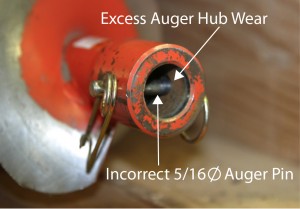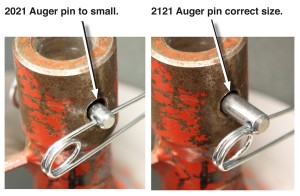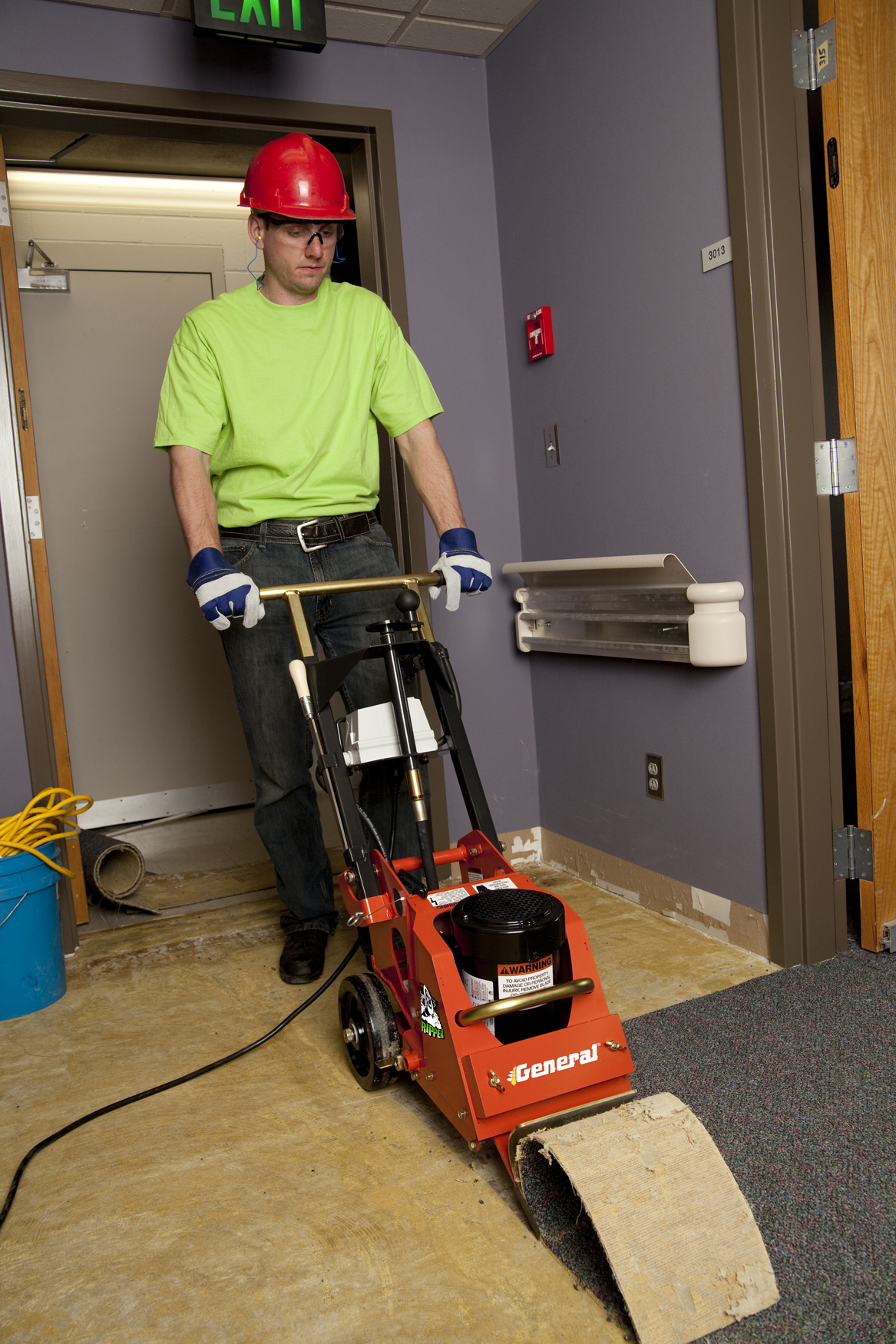Questions: Why Doesn’t my Auger Dig Better?
Answer: Because You Auger is Worn Out!
Anything that digs in the ground requires constant maintenance with wearable parts replaced when necessary. All General earth augers are manufactured with replaceable wear parts. These parts include:
- Blades or teeth.
- Screw Bits.
If both the teeth/blades and screw bits are worn past their useful limits, at least one of three things will happen:
- The auger is now incapable of properly penetrating the soil to dig a hole.
- The auger becomes a safety issue because it will not track straight.
- Worn augers produce unhappy rental customers that demand their money refunded!
Need help?
Call us at 800.533.0524, or
email: support@generalequip.com.
Any auger worn past its useful limits should be removed from service, scrapped and replaced!
This edition of eHelp! will illustrate several examples of worn augers that were scrapped because of diggin performance and safety concerns.
How many of your augers should be scrapped?

The outside tooth of this 4400-8E3 Earth Auger is severely worn from extended use. There is insufficient material remaining to secure a replacement outside tooth. The auger will now “bind” itself in the hole while digging and is no longer capable of digging an 8 inch diameter hole. The auger was removed from service and scrapped.

This 4400-6E3 Earth Auger is missing the 35HFC Tooth. Digging performance will be minimal even in soft soil conditions. Want to minimize complaints? Before each use, always check to see the proper blade or teeth and the correct screw bit are installed.

The blade for this 2135-6E Earth Auger was allowed to wear where it became impossible to install the correct replacement blade. For some, unknown reason, a replacement blade for an 8 inch auger was incorrectly welded upside down on the steel plate. The blade angle is also incorrect. The auger was scrapped for performance and safety considerations.

The SB25 Screw Bit from this 4400-8E3 Earth Auger (auger tip) became missing. It was not noticed and never replaced. The drive lug is significantly worn (what remains of it) and will not allow the auger to properly track. This auger was scrapped for performance and safety concerns
If you have any questions or comments, please feel free to contact us.
Telephone: 800.533.0524 | Email: support@generalequip.com















